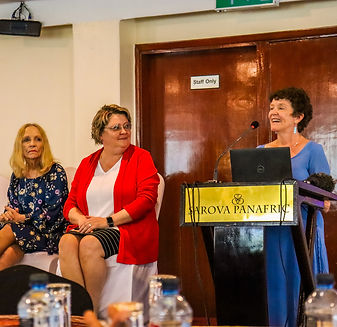
Welcome to
The Resource HUB
Welcome to the CoNP Resource Hub! Here, you’ll find a rich collection of free educational materials, including webinars, publications, position statements, core competencies, and more. Designed to support neonatal nurses globally, this hub provides the essential tools and knowledge to help you thrive in your practice. Dive in and enhance your journey in neonatal care!

Neonatal Nursing Guidelines
Explore resources across key categories including Small & Sick, Kangaroo Mother Care (KMC), Workforce, Neonatal Feeding, and additional guidelines. These guidelines are designed to provide neonatal nurses with the most up-to-date, evidence-based practices, helping you deliver high-quality care to newborns and their families.
Neonatal Nursing Articles
Explore topics such as Small & Sick newborns, Kangaroo Mother Care (KMC), Workforce challenges, Neonatal Feeding, and more. These articles offer valuable insights and the latest research to help neonatal nurses stay informed and provide the best possible care for their patients.

Nurturing Newborns: Advanced Care for the Sick Neonate
Date: March 18th, 2025 - 08:00 CST
Presenter: Dr. Tracey Bell & Nancy Rumazi
Please join the COINN team to learn the management of sick neonatal patients after delivery and admission to the NICU. Discussion of the initial assessment will include recognition of warning signs, prophylactic and immediate interventions. Management of respiratory, nutrition, and thermoregulation aspects will be addressed. The presentation will cover an overview of the best practices for managing critically ill neonates in the NICU, ensuring their stabilization and ongoing care.

Free Course: iKMC for Preterm & Low Birthweight Babies
A free course from the American Academy of Pediatrics, in partnership with Picturing Health, WCEA, and the Gates Foundation.
-
Learn Immediate Kangaroo Mother Care (iKMC)
-
4 hours, 14 short films, CME credits available in 50+ countries
Available in English, Spanish, French







.png)
.png)


